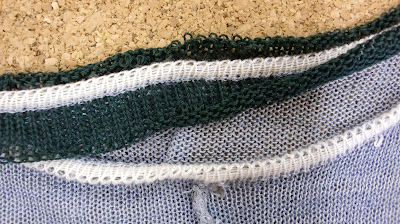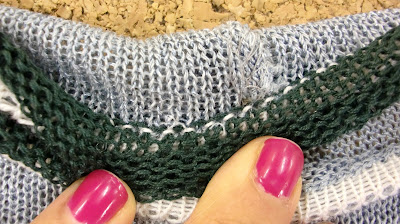
Ever since the first, official, FIFA World Cup soccer ball in 1970. There’s nothing like ours; Jabulani. Meaning “let us be happy”; made in the spirit of Ubuntu. He a stud in a beshu on an Armani suit & and laced in imbatata. I love it, apparently its a “ Grip n’ Groove, exceptionally great in flight & perfect for all weather conditions. It’s got 8, new thermally, bonded 3D panels. Moulded for the sphere, perfectly round & more accurate than ever. What can we say; these are the peps of being the latest in the market.
It comes after a generation of champions. You got to have balls man!!! First of these bally stalwarts is the Buckminster, apparently the black& white, 32 panelled descendent was only visible on black & white TV. That was the Mexican World Cup in 1970.
Chile Durlast the prince who was not meant to be a king was introduced in 1974. Tango Durlast was placed in the centre field in Argentina in 1978, as candidate design for more of its kind to come.
Tango Durlast set a pattern trend for next ball; the Tango Espana in the 1982 Spanish World Cup. The first edition of water resistant ball with a rubber inlaid over the seams. The rubber unfortunately had a disadvantage. It started to wear off after a short time of kicking & it had to be always replaced during the match. Last of its kind.
In 1986 in Mexican World Cup rolled out the first polyurethane coat, Azteca. Its the synthetic ball, which was good on wet & hard places. Rain resistance was the number one priority for Adidas.
The polyurethane continued its technological journey in the balls. In 1990; in the Italian World Cup; black polyurethane foam in layered ball; Etrvsco; was introduced.
Adidas felt at home with polyurethane. In 1994 in the USA World Cup; Questra; with an enveloped layer of polystyrene foam; was kicked to the next level. Let alone being more waterproof, but this made the have more acceleration, it had softer touch to it, control & higher velocity during gaming.
Followed after 4 years was there Tricolore in the hands of a captain in the France World Cup; in 1998. It had the French red, white & blue tri- colour. It deviated from the traditional black & white patterns. Using under glass print technology; the first colored official World Cup ball had a thin layer of syntactic foam. It inspired the next era of balls.
The era evolved in its own right; by coming up with the Fevernorva in the Korea Japan 2002. Adidas pulled it off again presenting a thicker layered for more accuracy in the flight of the new ball. The patterns resembled a blade; to cut through the air. It was a real pretty boy...
After the pretty boy, there was the handsome German; the Teamgeist. It was unveiled at the 2006 German World Cup. It was all new, made for the 21st century footballers. Complete with gold & silver patterns.
Football is such a great sport, we love it in South Africa. Unlike the way football is played in Europe: here in South Africa posses prowes, flair, trickery & top class players. We feeling it! What about you?

















































